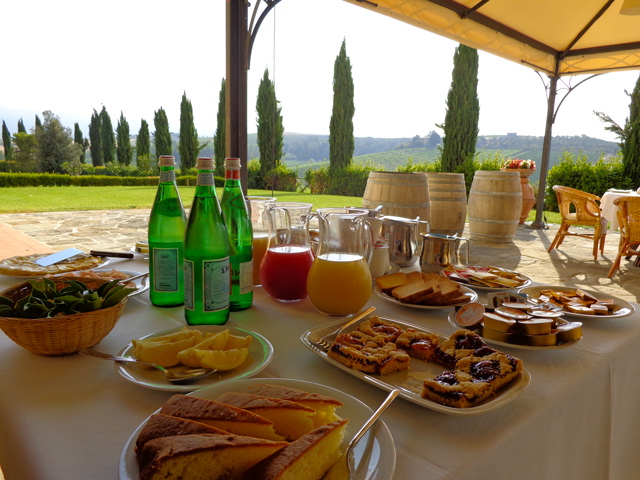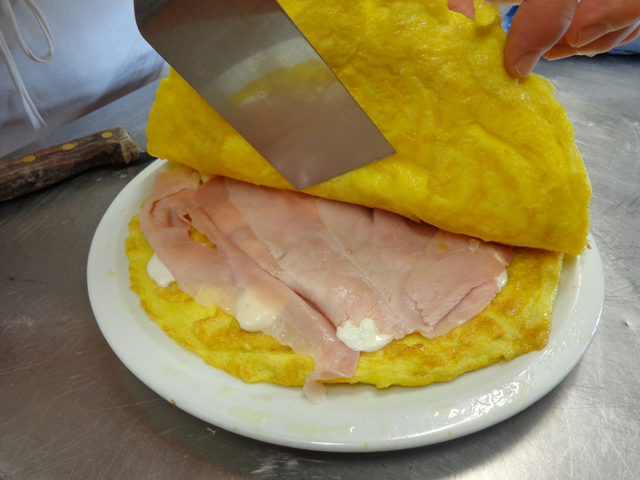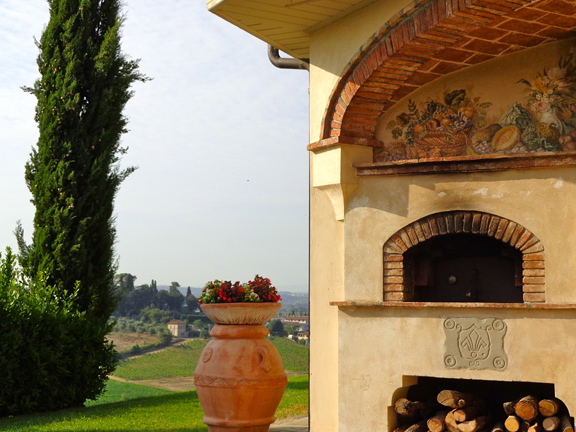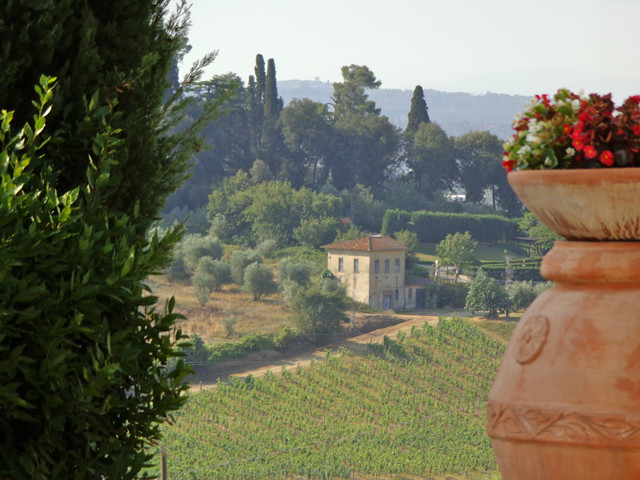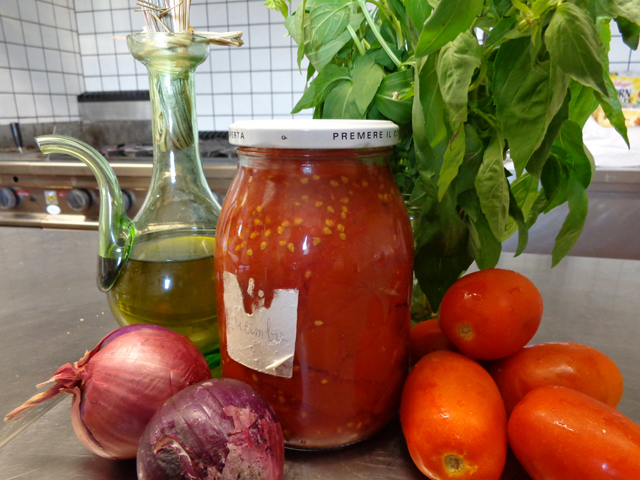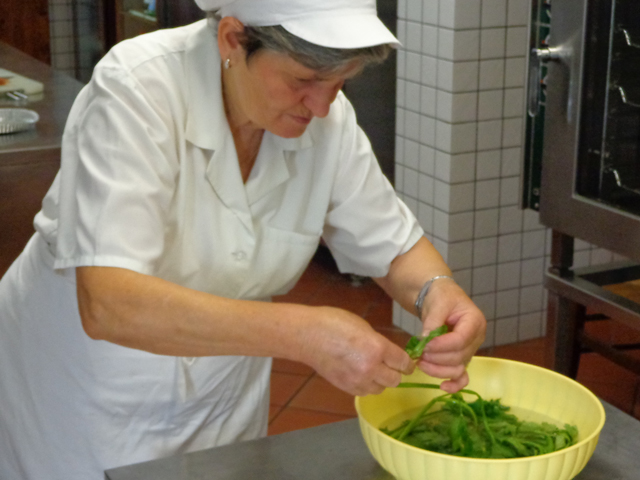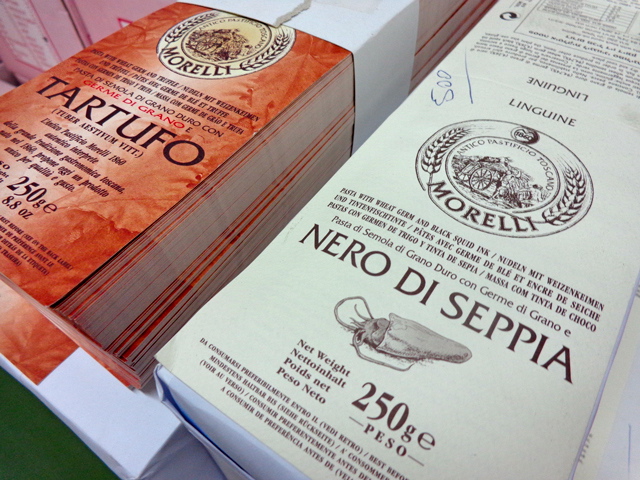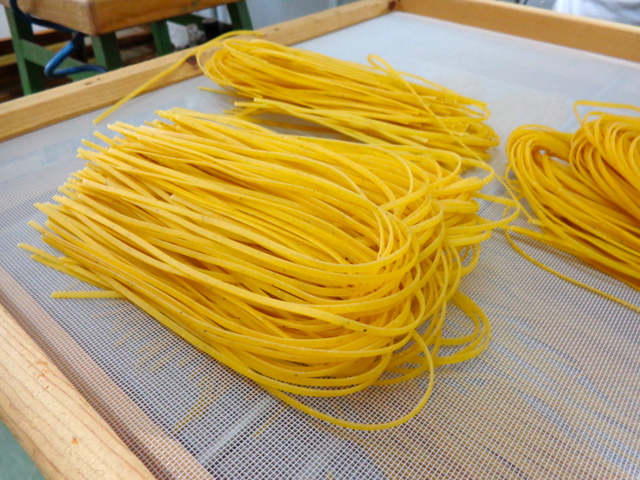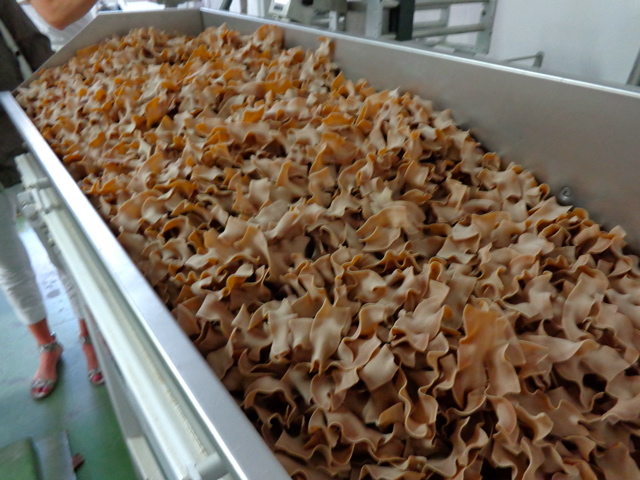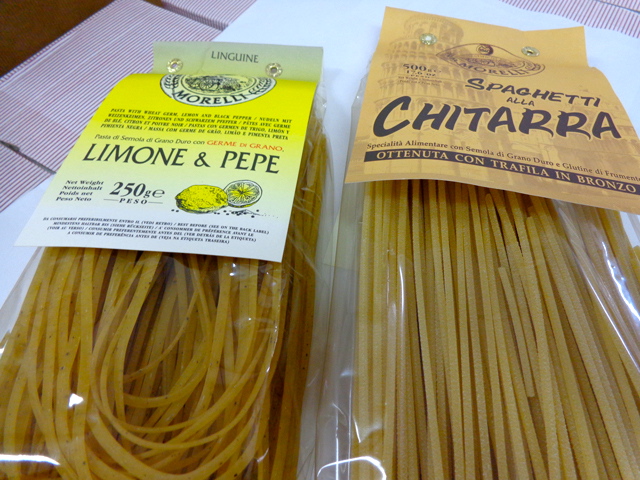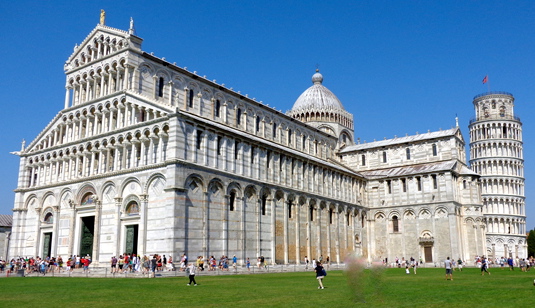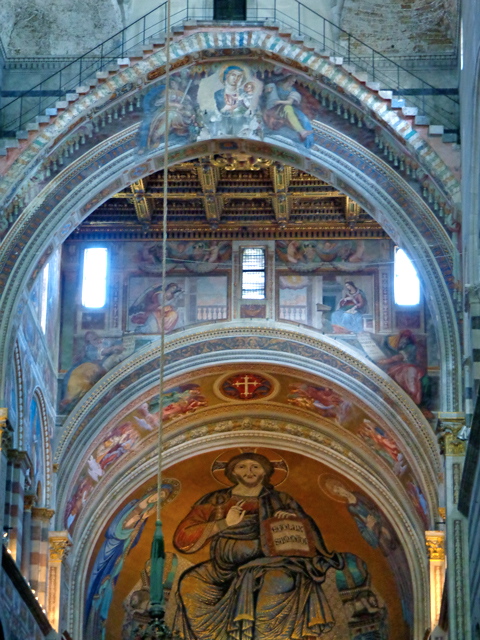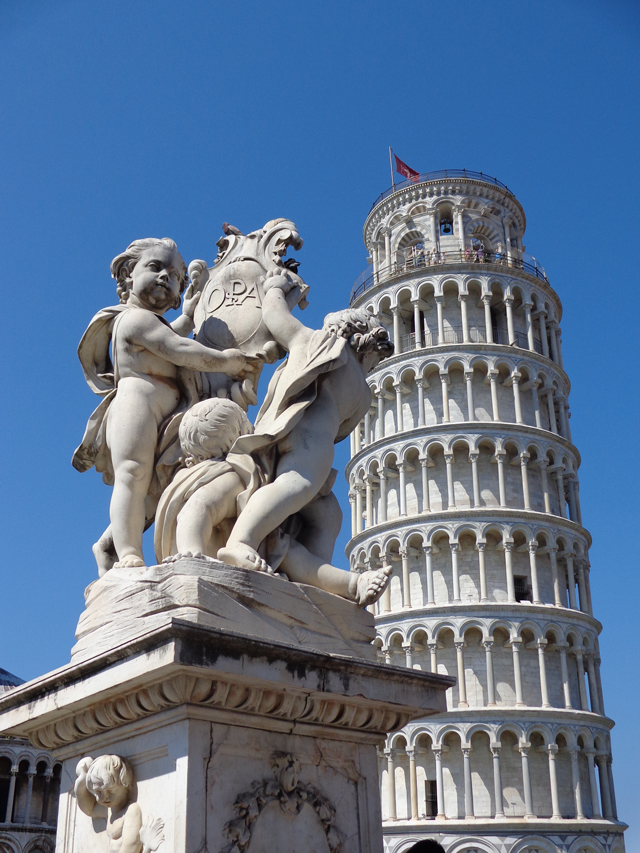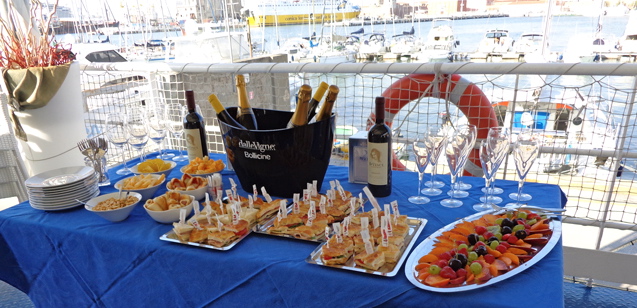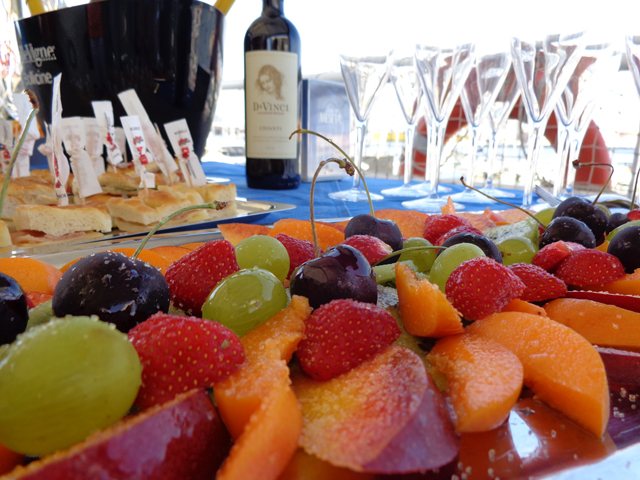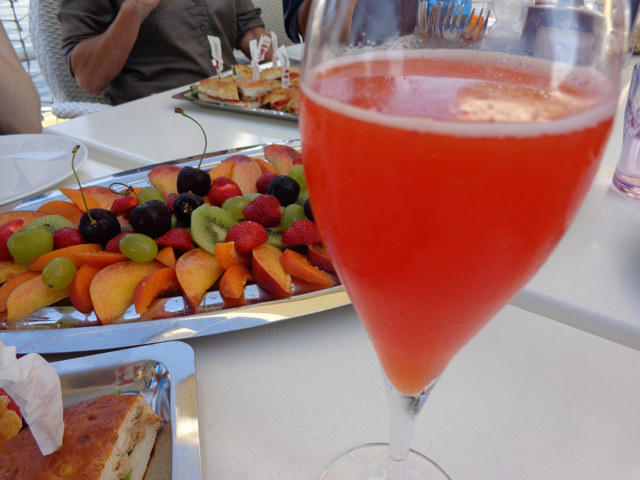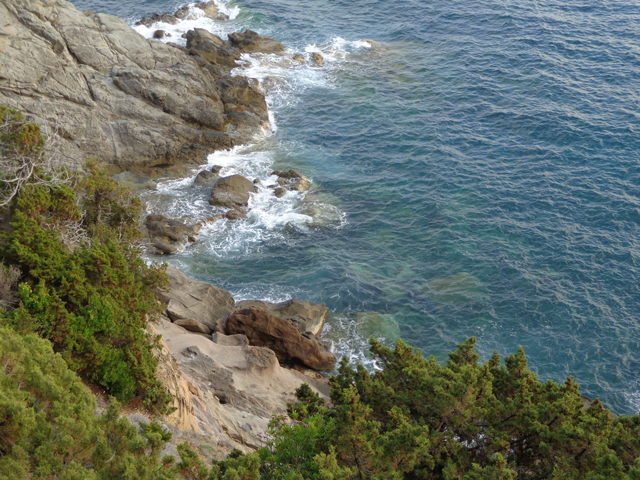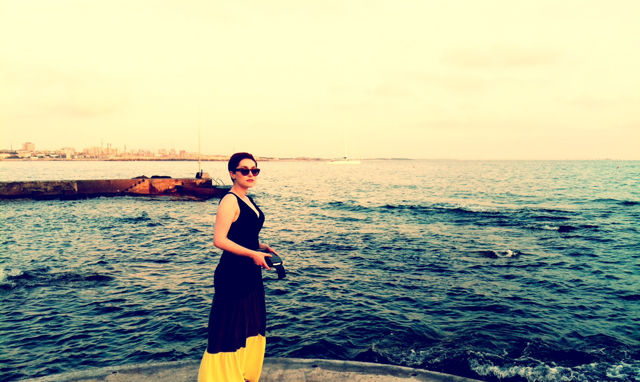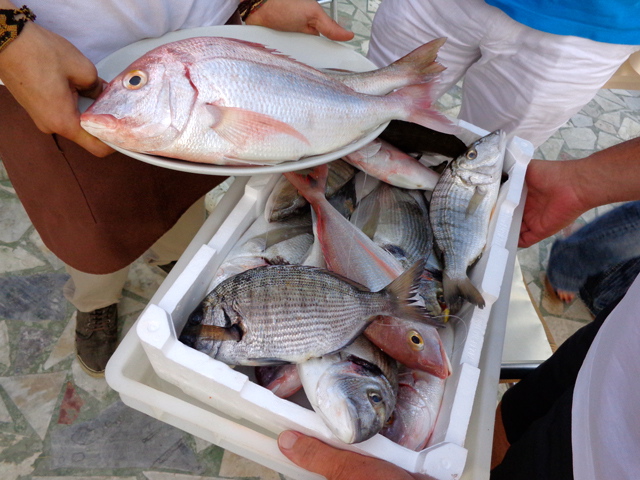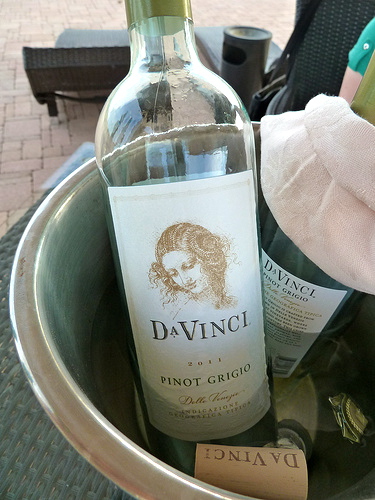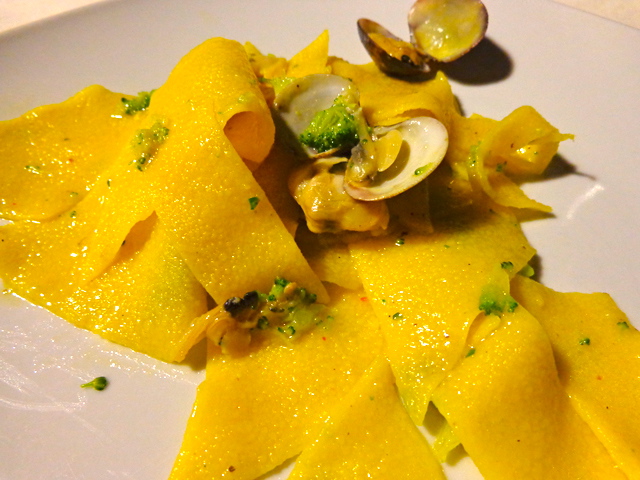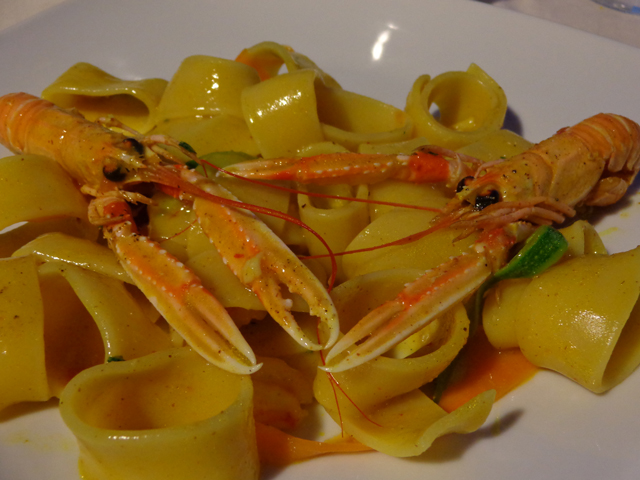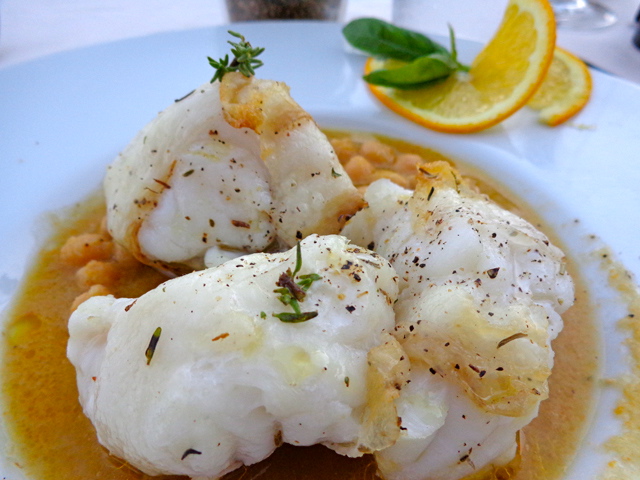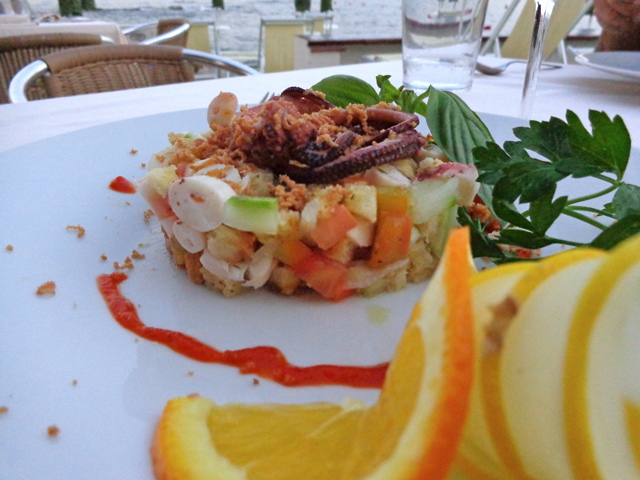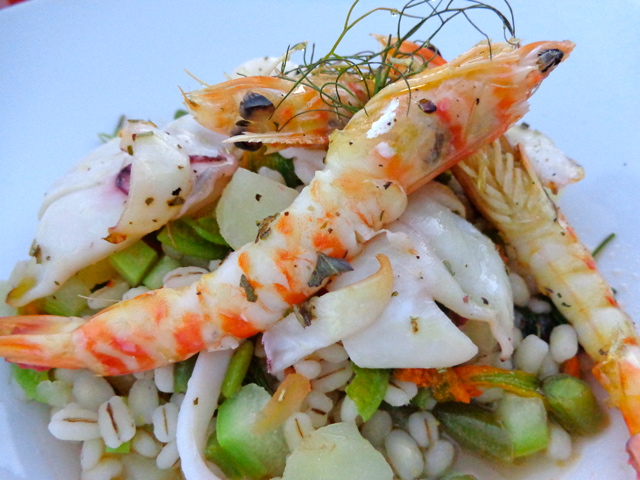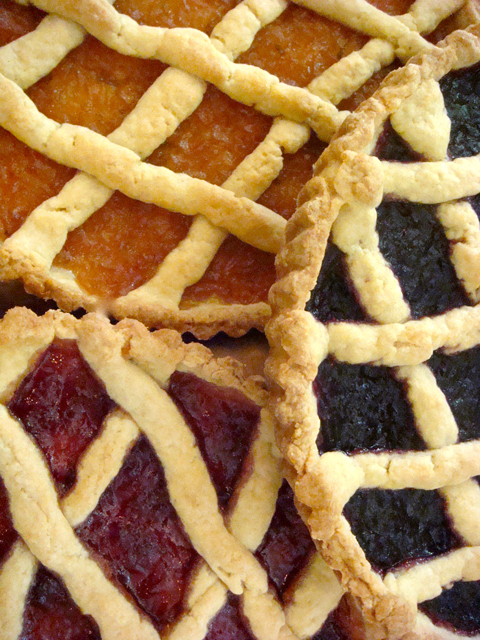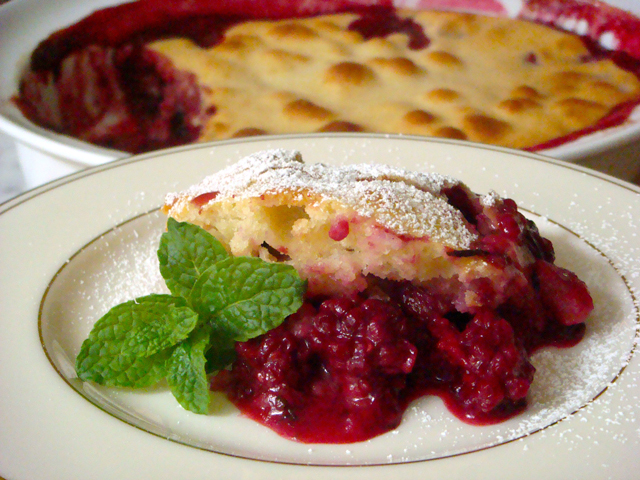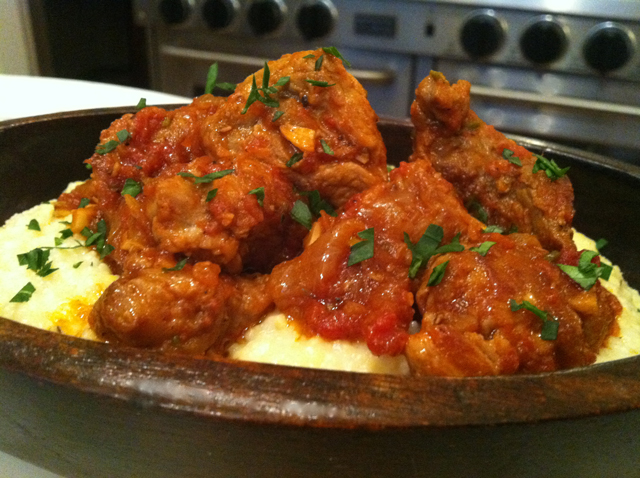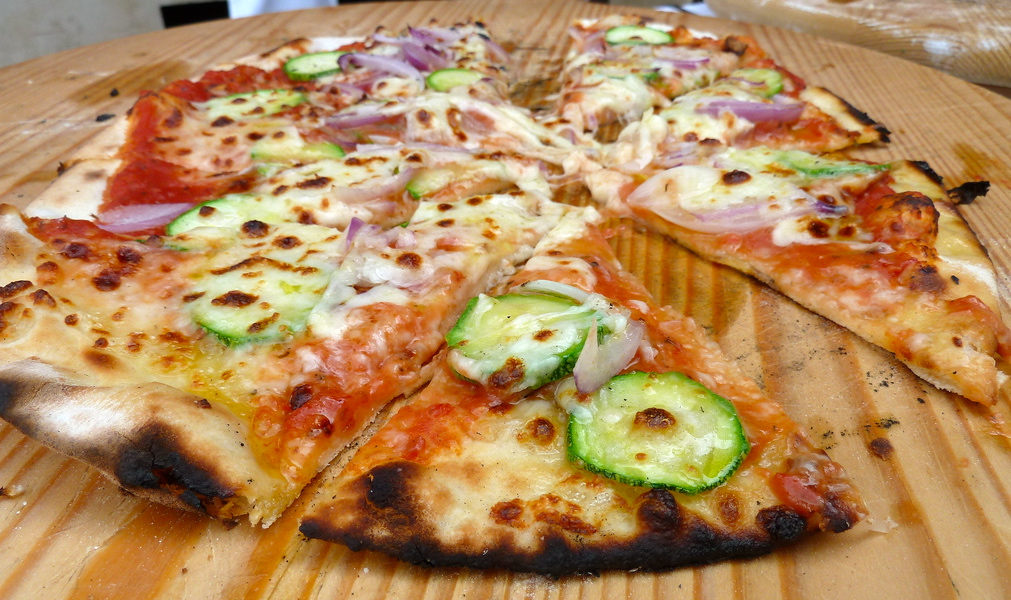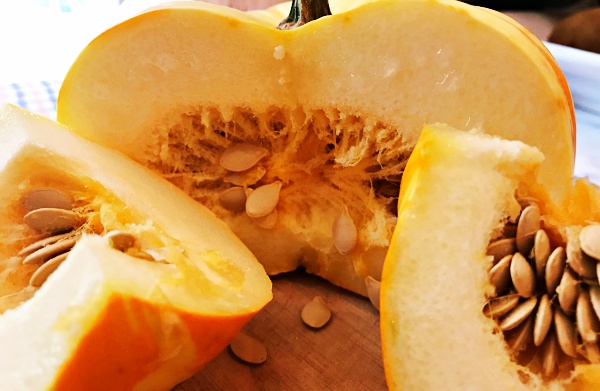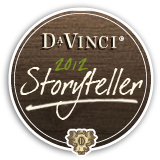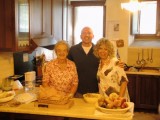An Italian Adventurer’s Journal
“Start your day right”
This morning we have “off” and I am grateful—not because I feel like I have been run ragged, but because I know that I have the morning to relax and absorb the atmosphere of the Casale. I am a big fan of scheduling a day off in the middle of a trip. A day where nothing is planned and the only task that is allowed is to be spontaneous. It gives you the impression that you are a casa –“at home”- in the middle of a trip; it allows you to feel as if you live in Italy—or wherever you travel.
Today, the Casale di Valle is my home, my Italian home.
Most of my fellow storytellers decided to either sleep in late or do some work from their rooms—again spontaneity was this morning’s only master.
Every morning Anna and her crew outdo themselves in having the breakfast table set for us. In true Italian hospitality, there is always more food than we can possibly eat—and if we did eat it all, I have no doubt that the next morning we’d find the table doubly loaded with offerings.
It is true that Italians are not big on breakfast. It is also true that Americans are big on breakfast, so I often wonder what the Italians think of us vacationing Americans when they set a breakfast table for us.
The typical breakfast or colazione for Italians would be a simple croissant-like pastry –un cornetto– and to drink un cappuccino (an espresso with milk) if you are a woman or a child and un caffè –an espresso– if you are a man. 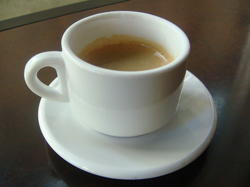
While I was in the kitchen this morning, there was a big discussion about whether or not a man should have un cappuccino per colazione. I said that I enjoyed cappuccino in the morning, but since I was in Italy I wouldn’t have one.
“Perchè, Mark?” –“Why, Mark?”– Anna and Celia asked in unison.
“Perchè, in Italia, uomini non bevano cappuccini. Bevano caffè solo,” I replied.
“Non, non, non è vero Mark,” they replied, in pointed disbelief that I thought men do not drink cappuccino but only coffee in Italy.
Anna’s husband, Masini, was in the kitchen so I turned to him and asked if a real man in Italy would ever drink a cappuccino for breakfast. They ladies looked at him sharply, waiting for his reply, as if to say, “Don’t be sexist about this. Of course a man can have one.”
Masini thought a moment, looked at the ladies and then looked back at me.
“La verità,” –“The truth,”– I said.
“No, uomini d’Italiani non bevano cappuccini,” –“No, Italian men do not drink cappuccino,”– Masini said.
“Boh!” the women exclaimed, chiding Masini for being sexist, but really chiding him more for not taking their side.
I laughed and shook Masini’s hand, as if I had just been accepted into the Italian Brotherhood of Men.
Honestly, I do think Italian men drink cappuccino for breakfast—in the privacy of their own homes, but never in public. What is wonderful about a cappuccino is that you can dunk your cornetto into it, much like you would dunk a doughnut into a hot mug of Joe back home.
Without knowing, Anna always seems to prepare some of my favorite things to eat for breakfast, though some of them are popular Italian lunch items. Anna has been making some type of frittata (think a flat, non-folded omelet) and some type of sweet pastry—like the yogurt cake and a Crostata di Marmellata –Jam Tart.
This morning, Anna made what she called an omelet—two stacked frittate with prosciutto cotto –cooked ham– and cheese layered in the middle. This is the first time that I have seen this type of frittata or omelet (which is the French name) in Italy. I like learning something new.
[Subscribers, please click HERE to watch the crostata video from your e-mail.]
[At the bottom of this post is a recipe for Crostata di Marmellata. So simple to make because you use your favorite homemade preserves. And if you don’t make your own preserves, no worries, you can simply use your favorite store-bought brand!]
Jade, my fellow storyteller chosen by DaVinci for her photography, eats gluten-free so Anna has gone out of her way to make sure that everything she prepares … the pizza crust, pasta, crostata, bread, etc … also has as gluten-free version for Jade. For Anna, this has been a learning experience, too, and I would like for those people who are gluten intolerant to know that there is no reason why you couldn’t be eating Italian right along with the rest of us. Jade certainly hasn’t gone hungry here and neither would you!
As I sat outside on the patio eating my breakfast—I did put some milk into my espresso, shhhh, don’t tell Masini—I couldn’t help notice the view off to the side of the pizza oven. It was so windy the evening we made pizzas that I couldn’t concentrate on anything besides keeping the pizza from blowing off of the plate. But this morning was glorious—a perfect temperature with only a little wisp of a breeze.
Beyond the Casale’s property, sighted between the terracotta pot and the Italian Cypress, is a sweet little house or outbuilding nestled in a bucolic setting on the adjacent rise.
Regardless of how I looked at it, either with my naked eye or through my camera’s lens, it looked like a 2-dimensional theatrical backdrop—painted by some really great scenic artist. It looked trompe l’oeil—a French term meaning to “fool the eye,” as if someone hung this drop between the cypress and the pizza oven wall to disguise a horrible view of a factory or trash dump; however, when I went over to see what was behind this imagined “drop,” the landscape just continued to go on and on, revealing that it was indeed real and 3-dimensional—but back in my chair at the table—2-D.
Italy tempts and teases my senses at every turn.
Here is a little footage of some butterflies in the lavender. It was such a peaceful morning that I think you should join me~
[Subscribers, please click HERE to watch the butterfly video from your e-mail.]
With such a relaxed morning I found myself gravitating back to the kitchen to see what Anna was cooking. She was making lunch for us today before we headed out to a pasta-making factory and then on to Livorno, a beach resort town on Italy’s western coast.
There is this myth that most Americans have bought into that it takes a whole day to make authentic sugo –red sauce– for pasta. I have no idea where this myth started, but I am here to tell you that I have yet to witness an “all-day sugo” being prepared in Italy. When I was with Nonna in Viterbo (the subject matter of my book), her basic sugo recipe took 30 minutes, tops. This morning I asked Anna how she prepared her basic sugo, not so much to learn her recipe but to see how long she cooked hers.
As I imagined, Anna’s sugo, though slightly different from Nonna’s, was just as quick and easy.
The ingredient list is the above photo plus one clove of garlic and a 1/3 cup finely chopped celery leaves. (Ignore the plum tomatoes; Anna added them to the still life photo because she thought it looked better. See, she is il cappo –the boss. Ha!)
-In a saucepan over medium heat, add 2 tablespoons extra virgin olive oil.
-When hot, add 1 minced red onion and sauté until translucent but not browned.
-Add the celery leaves and cook another 1 to 2 minutes.
-Add 1 clove of garlic, minced, and sauté for a quick 30 seconds.
-Stir in 32 ounces of canned whole, peeled tomatoes, crushed with your hand, and all of their juices. (Anna used tomatoes that she canned from her garden last year. Since you won’t be able to use hers, look for canned San Marzano tomatoes. San Marzano is not a brand but the name of the town where these particular tomatoes come from—and they are buonissimi!).
-Add salt and pepper, seasoned to taste.
-Bring to a boil, reduce the heat to low and simmer for 20 minutes, stirring occasionally, until the sauce has thickened. (Anna does pass her sauce through a food mill. You can run yours through a food processor if you wish. I like my sauce a little chunky, so I would use as is.)
-Cook 1 pound of your favorite pasta in plenty of boiling salted water (the water should taste salty like the ocean). When al dente – firm but tender to the bite – drain the pasta (do not rinse!) and add it to the sauce.
-Add 1/4 cup freshly torn basil leaves to the sauce just before you add the cooked pasta to the sauce. Add more basil, depending on your taste. Serve immediately!
Filippo Volpi arrived at the house to join us for lunch. He is a foodie and enjoys cooking, too. Anna made La Pappa as a first course for lunch. This is a very traditional Tuscan dish derived from la cucina povera –the poor kitchen. Italian cooks waste nothing and this recipe uses stale bread as the main ingredient, mixed with a couple of other basic ingredients to make a bread stew/soup. When you are poor, you throw away nothing and, in Italy, you never discard stale bread. There are lots of recipes which call for stale bread from panzanella (a bread salad) to adding reconstituted stale bread into meat loaf and grating stale bread into bread crumbs.
Here is a video discussion between me and Filippo about La Pappa~
[Subscribers, please click HERE to watch the “la pappa” video from your e-mail.]
Filippo was traveling with us today and our first stop out of the house was at the Antico Pastificio Morelli –Morelli Pasta Factory in San Romano, a town in the Province of Lucca. It was founded in 1860 and is still owned and operated five generations later by the Morelli family.
Morelli pasta is made with wheat germ following a secret family recipe handed down through the generations. The wheat germ adds a very unique flavor to the pasta and it also gives the pasta a rougher surface for the sauce to adhere.
Though the pasta is machine mixed and formed, the Morellis dry their pasta at lower temperatures and handle the pasta by hand. The lower and slower drying process gives the pasta more strength in packaging and shipping than other pastas that are dried quickly.
When we walked into the factory, all I could smell were porcini mushrooms. Their pungent, musky, forest-floor scent was hypnotic. At that moment, they were making squid ink pasta –Nero di Seppia, so I couldn’t see where the porcini mushrooms were.
This was my first time seeing pasta being extruded and, since the Morellis put such a high value on their product being handled by hand, I really got to see pasta being made instead of the whole process being automated.
[Subscribers, please click HERE to watch the Morelli pasta video from your e-mail.]
It wasn’t until three rooms later that I found the Banderie di Porcini –Porcini Flags– pasta drying in a bin. Their smell was intoxicating.
Since I have been home, I have prepared the Morelli pastas we were given and paid attention when I was told, “because our pasta is flavored, you do not need to add a heavy sauce to this pasta. A little butter or oil and some cheese will be all that you will need.” When I asked if cream would be a good sauce, especially for the Limone e Pepe pasta, the answer was “No, even cream is too heavy and it will hide the flavor of the pasta.” I thought, “Wow, these people really think a lot of their pasta.”
To be honest, they were right! A heavy sauce would overpower the flavor of this pasta and I can see why they want to steer you in the direction of tasting the pasta. Italians are very big on the pasta being more important than the sauce. The sauce is a condiment to dress the pasta, not to smother it. When saucing your pasta at home, think of the pasta as lettuce and the sauce as a salad dressing. You really only need enough sauce to flavor the pasta—not to bury it under a sea of sauce.
Pisa was roughly between the Pastifico Morelli and Livorno, so Carolina thought we had just enough time to “poke” our heads around the main piazza to see the leaning tower and then move on. This was my first time to Pisa and the Piazza dei Miracoli –Piazza of Miracles– was swamped with people, which was no surprise given that it was the height of tourist season.
We didn’t have much time here, just long enough to walk through the piazza, go into the Duomo and the Baptistery. When you are in Italy I highly recommend you go into as many churches as possible, regardless of your religious views. The reason? Churches for the longest time were the ones hiring artists to paint, sculpt and build. Now the churches are like museums with some of the most important works by some of the most famous Italian artists.
Somehow I managed to take a photo of the tower leaning in the opposite direction of how it truly is leaning. We didn’t have time to go up the tower, but I would recommend that you should always go to the top of every structure you can in Italy. The views are always incredible and it’s fun—we don’t have very many towers to climb here in America.
Today could not have been more different. In the morning I was in the middle of a vineyard eating an omelet, by midday I had already been to a pasta factory and taken in the architecture of a famous piazza and now, late afternoon, I was on the coast having cocktails at a yacht club.
And what a spread it was! An assortment of spuntini –snacks, fresh fruit, wine and cocktails.
I’m not quite sure why we don’t eat more fruit in America. Eat at a restaurant in Italy and you will almost always be asked if you would like dolce o frutta –dessert or fruit– after a meal and here at the Molo Mediceo bar at the yacht club in the port of Livorno, a gorgeous platter of fruit was part of the afternoon spuntini.
I was all ready to have a glass of DaVinci’s Prosecco when the owner of Molo brought out a pitcher of Cavallo Pazzo –Crazy Horse, a cocktail of his own invention. Well, when someone makes something special for you, you shouldn’t turn it down, right? I mean, how rude if I had! So, I went in for the Cavallo Pazzo. What was in it? I have no clue, but I considered it an Italian version of a Long Island Iced Tea—a little of this and a little of that, and all of it alcohol.
They were really good and, while sitting at a bar overlooking the yachts, the Cavallo Pazzo was perfect. Of course, every time my glass was half empty, the owner was back topping me off. I’m not sure how many I had and I was in no way hammered, but I could see why the owner gave this concoction its name—you could quickly become unbridled if you weren’t careful.
Stopping along the coast for a quick view of the water below reminded me of a trip to Capri. There the water was so clear that you could see the rocks on the ocean floor and the same was true here. From high above water, you could actually see down through it to the rocks below. “Blue” is not an accurate description of the color of the water off the coast of Italy. It is deeper and clearer, more complex and particular, than the word “blue” could ever begin to describe. It is a liquid mosaic, subtly shifting in hue and saturation.
The day ended up being about the water. Our restaurant, La Lucciola –The Firefly– was right on the water and I knew our meal was going to be all about the sea. The sun was just starting to set and the light was enchanting. Jade, who is a photographer, was relishing in all of this fantastic light, taking photos here and there. I couldn’t resist in asking her if I could take her photo with her period Polaroid camera. She graciously agreed and above is my test shot with my camera to see which way she should stand—either with the light hitting her face or with the light behind and silhouetting her. We went for the glow of the light on her face.
Look at those eyes—clear, clear, clear! That is truly the best way to tell if a fish is fresh—look it in the eye. We were in for some very good seafood.
And with seafood comes Prosecco and Pinot Grigio. If there is one thing that I would ask DaVinci to do, is to consider introducing their prosecco into the American market. Now, I know that one interested writer in the South does not have the power to influence a company to go to the expense of adding to their American sale choices; however, I will say that I did enjoy the Leonardo Prosecco and, if offered to the American market, I would do my best to drink it into being a market success! I’m just saying—hint, hint, hint.
Of all the things we ordered, and they were all delicious, the one dish that intrigued me the most was the “Pappardelle with Clams and Broccoli.” I think that it was a dish that I could easily recreate at home—and will at some point in time.
Here are photos of our other dishes~
A final note about Italian seafood dishes. I hope you have noticed that in all of the seafood dishes that I have posted throughout this series, that not one of them had a creamy or heavy sauce nor did the dishes come topped with cheese. In Italy, cheese and seafood do not mix. Italians believe that cheese overpowers the subtle flavor of fish. Cream and heavy sauces do the same thing. Italian cooking, even at its most elaborate, is about simplicity.
“The freshest ingredients used to take a dish from the ground to the table in the fewest steps possible.” That is how I like to describe the philosophy of Italian cooking.
Buon Appetito~
Mark
Here is the Crostata di Marmellata recipe that was taught to me by Nonna (Angiola Maria Novella Bonomi) in Viterbo, Italy ~
Jam Tart
Crostata di Marmellata
To prepare the pan:
Unsalted butter
All-purpose flour
For the crust:
2 cups + 1 tablespoon all-purpose flour
½ cup + 1 tablespoon sugar
⅛ teaspoon salt
9 tablespoons unsalted butter, room temperature
1 tablespoon fresh lemon juice
1 tablespoon grappa (lemon juice, milk or water may be substituted)
1 large egg, slightly beaten
For the filling:
¾ cup plum, apricot, peach or mixed berry preserves (homemade fruit preserves are preferred—use your favorite one)
Preheat oven to 350 degrees.
Butter and flour a 9 ½-inch non-stick tart pan with removable bottom. Set aside.
In a large bowl combine the flour, sugar and salt, using a fork to mix. Add the butter in small pieces, lemon juice, grappa and egg to the dry mixture. Using a fork, stir the ingredients together, incorporating the butter until the dough just starts to come together as a whole. Using your hands, form the dough into a ball, and knead it slightly in the bowl until all the flour has been worked into the dough. Do not overwork the dough.
Put two-thirds of the dough into the prepared tart pan, and using your fingers, evenly distribute and form the dough to fit the pan, going up the fluted sides to form the crust. Place the tart pan into the refrigerator for 30 minutes to firm and chill the crust. Take the remaining one-third dough, form it into a ball, wrap in plastic wrap and place in the refrigerator to chill for 30 minutes, too. This dough will be used to form a lattice-patterned top crust.
After chilling, remove the tart pan from the refrigerator and spread the preserves evenly across the bottom of the crust. Set aside.
To form the lattice crust, remove the reserved ⅓ dough from the refrigerator and unwrap onto a rolling surface. Break off ¼ of the dough and form it into a cigar-shape between the palms of your hands. Place the cigar-shaped dough on the surface and, using your fingers, gently, but quickly, roll the dough back and forth, stretching it out from the middle, to create a “rope” that is roughly the size of your little finger. (Note: Because of the amount of butter, the heat of your hands will soften the dough. Do not become discouraged if the rope breaks or if it gets too sticky. Simply pinch the broken ends together and continue gently rolling. This is a rustic tart, so the ropes do not have to be perfect. They are supposed to look handmade.)
Evenly space 4 “ropes” along the top of the jam, pressing the ends to connect to the dough at the sides of the pan. Give the pan a quarter turn and repeat by placing another 4 “ropes” across the top of the first “ropes,” creating a lattice pattern. Secure the ends by pressing into the dough at the edge of the pan.
Bake for 37 to 40 minutes, until the edges and top crust are golden brown.* Place the tart pan on a wire rack to cool. When cooled, remove the outer ring and gently slide the tart off the bottom pan onto a serving plate. Cut into wedges and serve warm or at room temperature.
This makes 8 standard servings.
*Note: The bottom crust will have a tendency to get an air “bubble” around 20 minutes into the baking process. Using a fork, puncture the bubble down through the bottom crust to release the trapped air. Repeat if any additional “bubbles” occur.
**This recipe is one of many featured in my book Beyond the Pasta: Recipes, Language & Life with an Italian Family and it is also featured in my iPad/iPhone Beyond the Pasta app.

